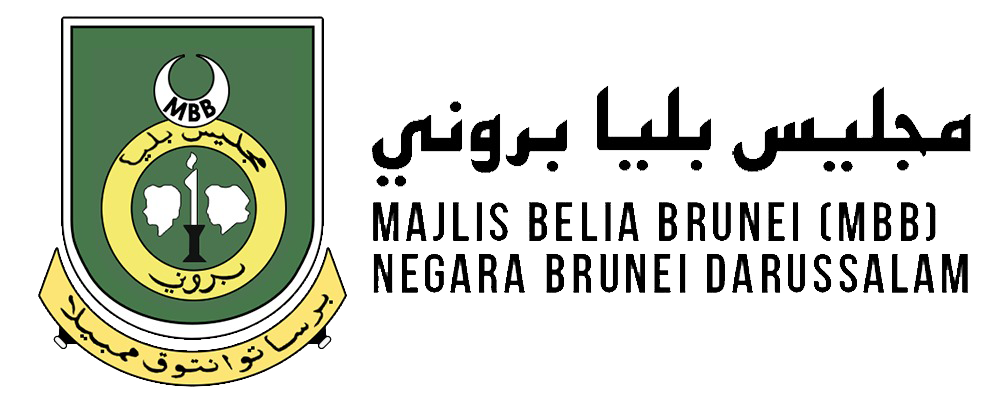GUIDELINE ON HOW TO RUN A VOLUNTEERING ACTIVITY
Volunteering is the practice of giving one's time, expertise, and energy to a cause or organization without financial gain. It is also an excellent method to get experience, develop teamwork abilities, and improve your communication skills. Additionally, helping others gives us a sense of purpose, stimulates our minds, and might even help us cope with stress or sadness.
Most of the time, volunteering strengthens your character and develops your compassion, sensitivity, and integrity. Especially after spending some time fostering community development. For that reason, volunteers are often the glue that holds communities together.
-
Brainstorm with your team :
What are some goals you wish to achieve?
Are there any key outcomes you hope to gain at the end of this volunteer programme?
Decide your theme (e.g. aspects of agriculture, education, health, economic or community development, etc.)
Creative title for the programme that can potentially grab people’s attention
Manage and create the essential program documentations such as proposals, budget breakdowns, venue bookings, itineraries, and so forth.
Create a Backup plan :
A contingency plan is necessary in case of any unforeseen occurrences that can impair the programme (e.g. bad weather, change in venues, etc).
Recovery solutions for stocks, inventory, and assets are needed for the program to remain.
Ensure your team is vigilant during these activities, in the case a quick solution is needed to rectify an occurring issue so that the programme continues to run smoothly.
Tools:
Online Data Platform (Google Docs, etc)
Online Communication Platform
-
Include :
Programme Introduction and Content
Aims and Objectives
Proposed Date, Time & Venue
Program Itinerary
Budget Breakdown
Logistical Needs
Committee list
Tools:
-
Steps:
Create a recruitment poster to be advertised on different platforms to maximize reach of potential candidates (state target audience, requirements, etc).
Make a Google form or link, or other type of sheet, that allows relevant individuals to submit their data and information.
Create appropriate posters for your event and promote it to different platforms (for example on social media, websites, radio advertisements and more).
Tools:
-
Steps:
Start an ice breaking session to get to know the team (make them feel comfortable, it can help improve communication with one another).
To ensure everyone understands the aim/goal of your program.
Create a healthy and safe working space. This will help team building and task progression.
Being open to new ideas, challenges and other viewpoints will help you further understand your team members.
Tools:
-
Steps:
Review all your volunteer candidates and assign them to their appropriate roles and shifts (could be based on their data/info submitted during recruitment).
Assign each member to do a specific task. Ensuring each members are given responsibility to run the program.
Tools:
-
Steps:
Identify your target audience.
Create an eye-catching poster
Promote the poster and programme to various platforms
Spreading the word to people you know
Tools:
Online platform
-
Steps:
Establish professional yet healthy communication amongst your team to reduce errors and increase productivity.
Communicate with volunteers regularly and hear out their concerns.
Provide clear instructions and set an example for others to follow. This will ensure that everyone is moving in the same direction.
Tools:
-
Steps:
In order to better your upcoming projects, you can solicit feedback from volunteers and participants regarding your program.
Compose Post Event reports amongst the team.
Share highlights of the event on social media.
Consider what went well and poorly throughout the program and draw lessons from it.
Tools:
Feedback via SurveyMonkey

